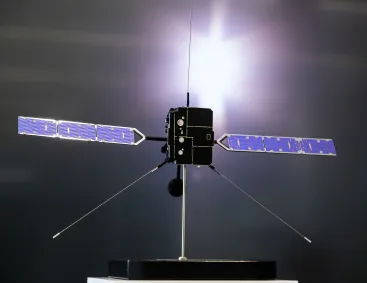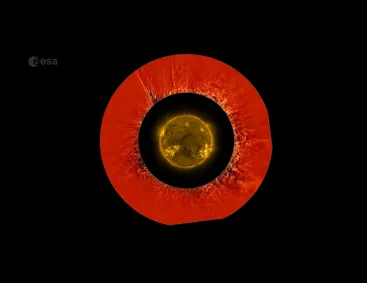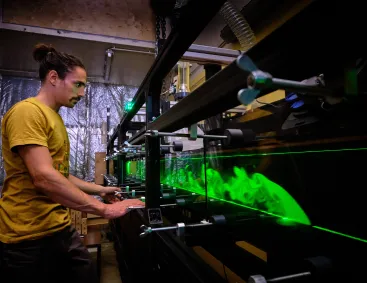The Solar Orbiter mission: images as close as possible to the Sun
Solar Orbiter is a Sun observation satellite that aims to study various phenomena that develop on the Sun's surface and in interplanetary space.To achieve this, the satellite is equipped with a set of 14 instruments: four that observe the solar wind "in situ", and ten that observe the Sun's outer layers at a distance. This comprehensive instrumentation enables research teams to link the dynamics of interplanetary plasma to those of the Sun itself.
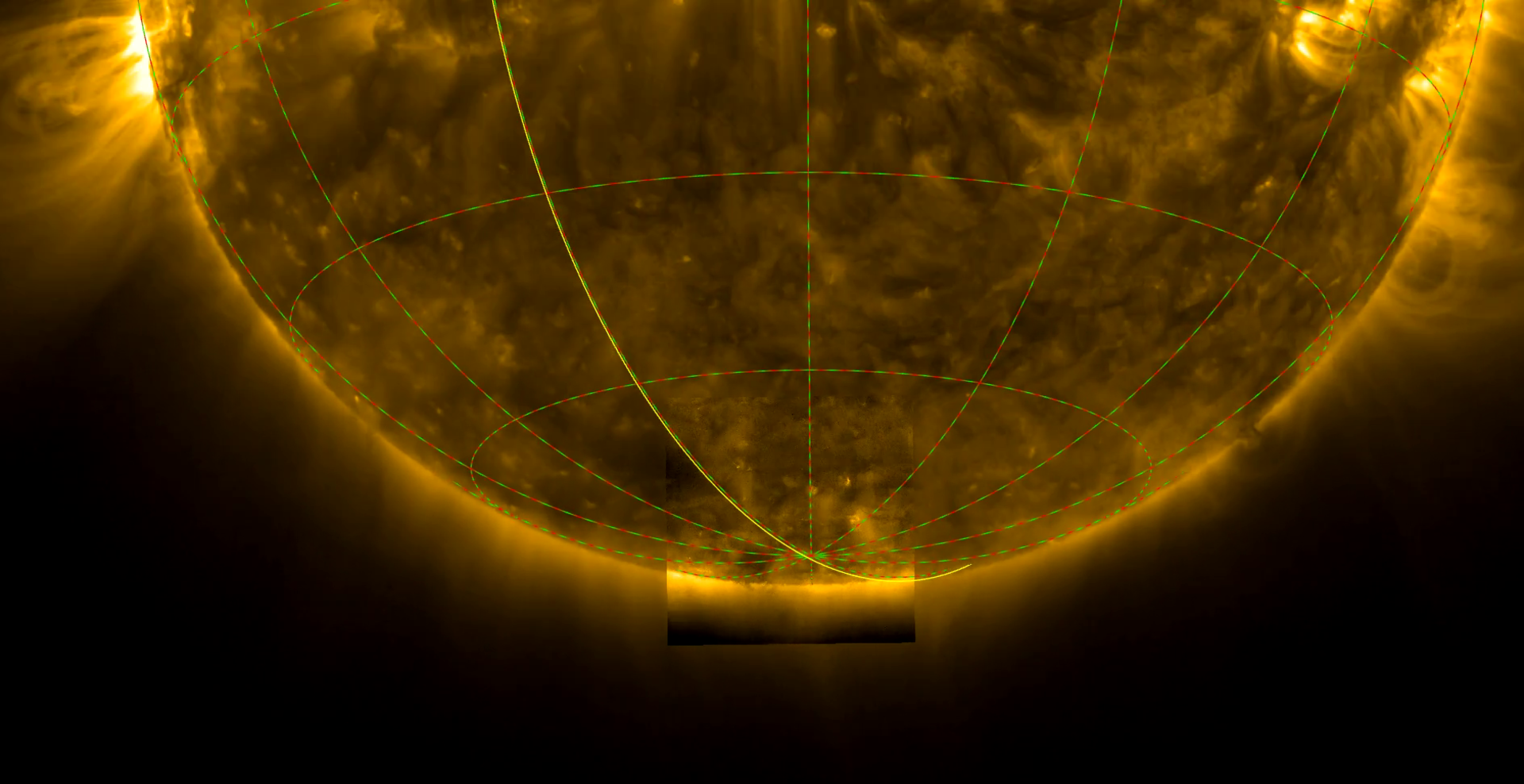
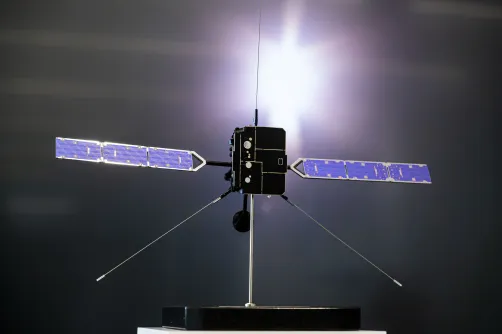
Solar Orbiter's four "in situ" instruments :
- Solar Wind Analyzer (SWA) : analyzes the physical properties of the solar wind, such as its composition, speed, density and temperature;
- Energetic Particle Detector (EPD): measures energetic particles emitted by the Sun and their evolution in interplanetary space;
- Magnetometer (MAG): measures the local magnetic field in the solar wind;
- Radio Plasma Waves (RPW): detects electromagnetic and plasma waves propagating in the solar wind.
Raffaele Marino, CNRS research fellow at the Laboratoire de Mécanique des Fluides et d'Acoustique (LMFA), is involved in the scientific coordination of the mission as co-investigator of the "Solar Wind Analyzer" instrument, on board the satellite. His research on the solar wind has been the subject of numerous publications, including several based on Solar Orbiter data.
An international meeting organized at Centrale Lyon to mark the mission's 5th anniversary
For the first time since the mission's launch, the teams involved in building the "in situ" instruments on board Solar Orbiter were able to meet for an entire week last May on the Centrale Lyon campus in Écully. Between technical meetings, scientific presentations and more informal moments, this scientific symposium focused on the latest advances in the exploration of the interplanetary environment and the Sun. It provided an opportunity to review the mission's progress and discuss the scientific results obtained from Solar Orbiter's observations to date.
A wide range of topics were addressed, such as turbulence and shock waves in space plasmas, dynamics and coronal structures on the Sun, and techniques for processing the data collected by Solar Orbiter. The results presented were based on both satellite observations, and state-of-the-art numerical simulations.
This international meeting, orchestrated by Raffaele Marino and Emmanuel Levêque (LMFA), with the support of administrative staff, students and post-docs from the laboratory, brought together some sixty scientists from all over the world: France, Spain, the Czech Republic, Germany, Greece, Switzerland, Sweden, Italy, the UK and the USA.
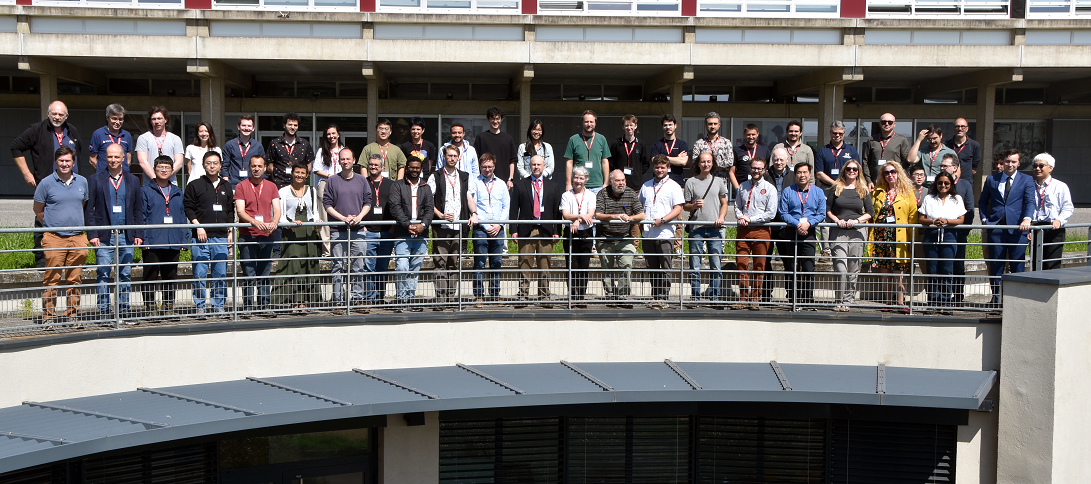
First-ever images of the Sun's poles: a historic milestone
The Principal Investigators of the mission's four "in situ" instruments took advantage of this international symposium held at Centrale Lyon to unveil, for the first time in the world, the measurements made by the probe in the solar wind outside the ecliptic plane; i.e. outside the plane in which the Earth orbits the Sun. For the first time, thanks to Solar Orbiter, it has been possible to observe the Sun's poles, marking a historic milestone for heliophysics.
In the coming months Solar Orbiter will carry out solar wind measurements at high latitudes, following on from the Ulysses probe, whose last measurements date back more than 20 years.

